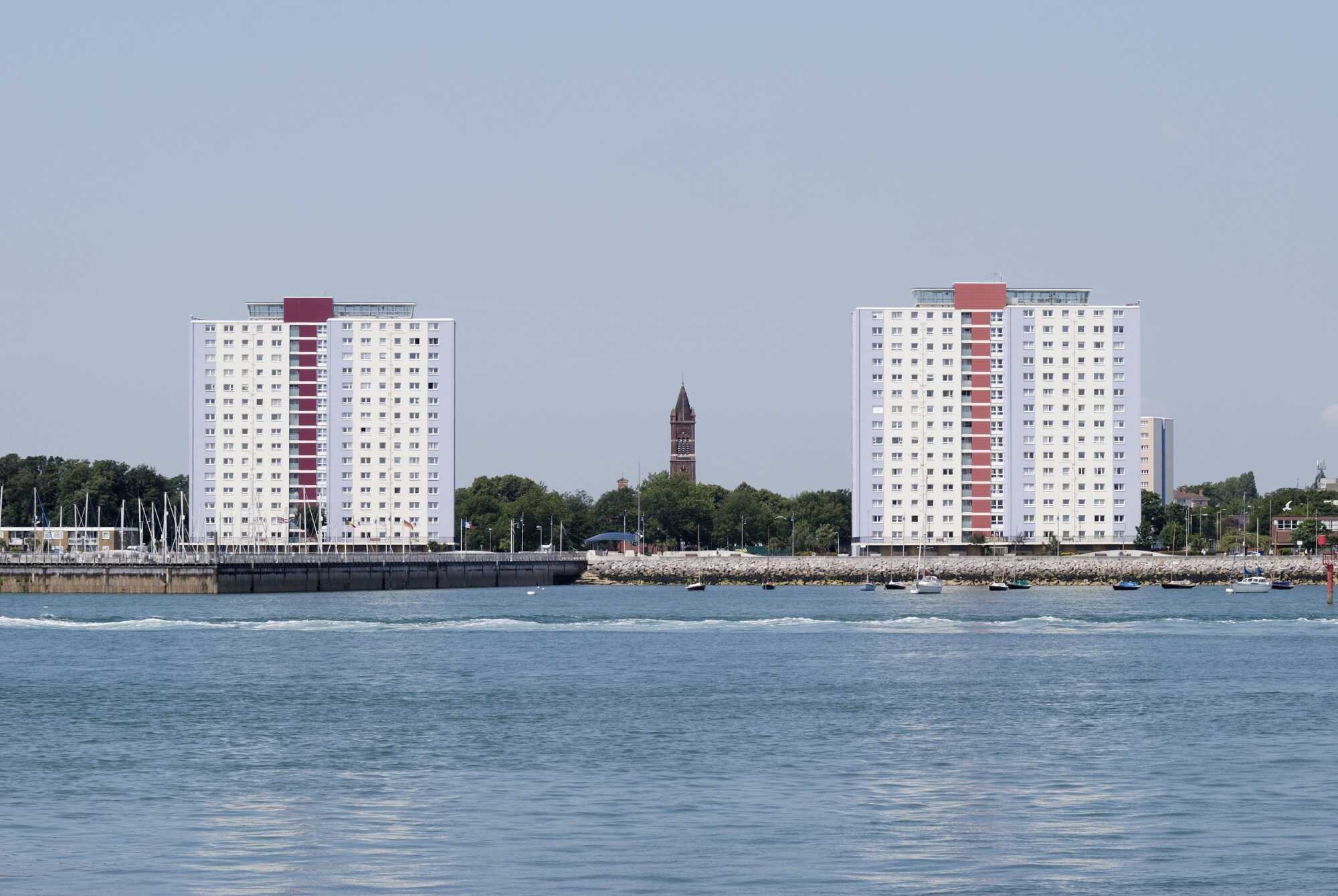First substantive Judgment regarding Fire Safety post Grenfell
3rd August 2022
Get in touch today
Call 01435 897297
Email info@kdllaw.com
3rd August 2022

The first substantive judgment relating to cladding installation since the Grenfell disaster was handed down last month by the High Court of Justice Technology and Construction Court. Whist this case turned on its own very specific facts it will be of interest to those in the landlord and tenant environment, particularly as it is the first of no doubt many pieces of substantial value litigation over cladding to follow.
The case is Martlet Homes Limited -v- Mulalley & Co. Limited [2022] EWHC 1813.
Background
Following the Grenfell disaster in 2017, Martlet Homes Limited (Martlet), a Housing Association and part of the Hyde Housing Group, which owns a number of buildings in Gosport, carried out an investigation into 5 of its tower blocks, all of which are over 18m in height. The tower blocks had been refurbished between 2005 and 2008 by Mulalley & Co. Limited (Mulalley) following a contract with the previous owner. The refurbishment included the application of an external wall insulation (EWI) cladding.
The investigations revealed that the cladding applied to the blocks consisted of an inner layer of expanded polystyrene which was combustible. There were also installation defects, in particular, defects in the installation of the fire barriers.
As a result of these findings Martlet elected to remove the EWI cladding and replace it with a new non-combustible cladding. They also implemented a fire patrol procedure, known as a “waking watch”, to protect the residents until the original cladding had been removed. All very costly.
Martlet’s Claim
Martlet sought to recover from Mulalley £8 million in damages, being the costs incurred in both the removal and replacement of the EWI system as well as the waking watch. This was referred in the case as the “Installation Breach case”.
Mulalley’s Defence
Mulalley admitted that there were some installation defects but not to the extent that the cladding needed replacing. They maintained that the cladding could have been repaired, instead, at less expense. They also contended that the installation breaches were not the cause of Martlet’s decision to pay for precautionary measures and replacement works. It was, instead, Martlet’s realisation of the potential risks, due to the combustible insulation not meeting the heightened fire safety standards put in place since Grenfell, which motivated them to take action. As these safety standards did not apply when the original works took place, Mulalley argued that they could not be liable for Martlet’s decision to ensure that the insulation met these new standards.
Martlet’s alternative plea
In response to Mulalley’s defence, Martlet pleaded an alternative claim as a fall back. They claimed that the EWI, as specified, did not meet applicable fire safety standards at the date of the contract and, therefore, they would be entitled to recover the replacement and waking watch costs in full. This was referred to in the case as the “Specification Breach case”.
Judgment
The Court found in favour of Martlet in both the Installation Breach and Specification Breach cases.
In respect of the Specification Breach case, it was a contractual requirement that Mulalley complied with the Building Regulations 2000 when installing the cladding. These regulations preceded the works by 5 and 8 years respectively so would have been known at the date f the contract. As the EWI was found to have failed to satisfy the functional requirement B(4)(1) under Schedule 1 of the Building Regulations 2000, Mulalley had breached the contract and, therefore, Martlet was entitled to recover the full costs for the replacement works and waking watch.
In respect of the Installation Breaches, Martlet proved the existence of the defects and was, therefore successful, in this claim too. However, if Martlet had only been able to establish the Installation Breach case, the value of the claim would have been limited to those costs required to repair the particular defects in the installation and some (but not all) of the waking watch costs and thus not the replacement cost of the cladding.
Comment
In light of Grenfell, this judgment will be of interest to many. However, it is important to note that the decision turned on its own very specific facts and contractual provisions. Nevertheless, it will be interesting to see what further and similar cases now come before the courts in the wake of the Grenfell disaster and the effect that that had on thousands of homes across the nation.
For more information, please feel free to contact a member of the team on 01435 897297 or info@kdllaw.com.
Disclaimer
This legal update is provided free of charge for information purposes only; it does not constitute legal advice and should not be relied on as such. No responsibility for the accuracy and/or correctness of the information and commentary set out in the article, or for any consequences of relying on it, is assumed or accepted by any member of KDL Law or by KDL Law as a whole.
If you have received this update in error or wish to unsubscribe from future updates then please email us at info@kdllaw.com.
Sign up to receive FREE regular Legal Updates by email